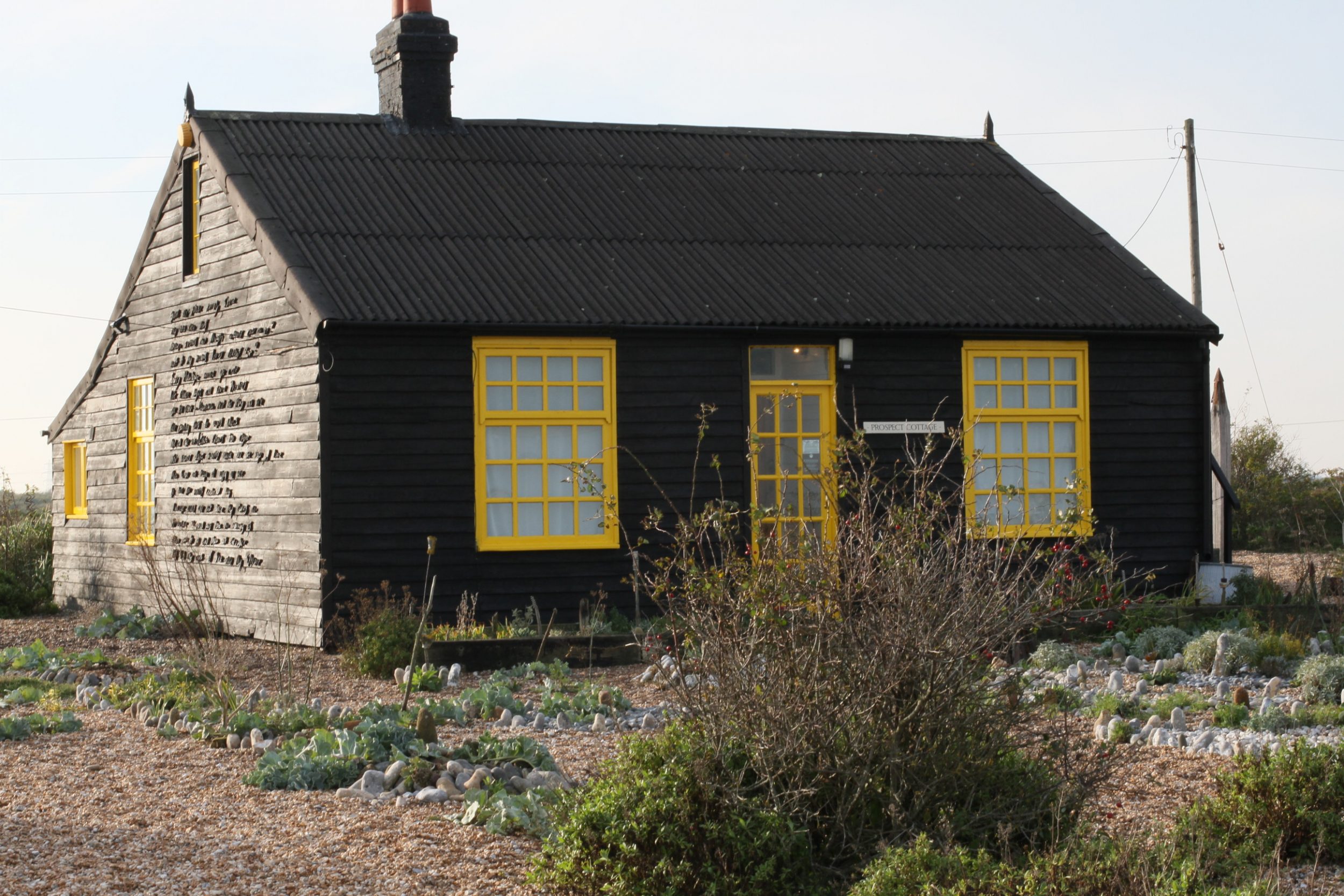The Secret Seven Go Fly at IMMA
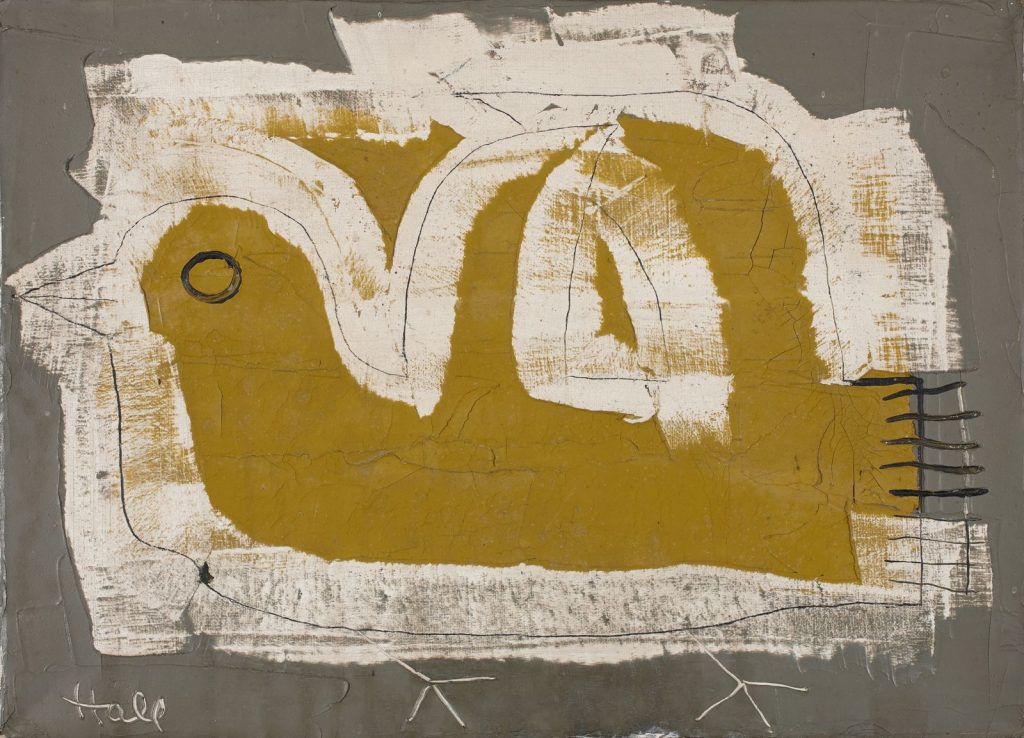
Over recent weeks IMMA has been preparing for re-opening, as restrictions have been reduced nationwide, we are delighted that the grounds at IMMA are now once again fully open to the public. In this article, Sandra Murphy (Visitor Engagement Team at IMMA), focuses on some of the birdlife that you may notice when enjoying a visit to IMMA. This is the third article in a series exploring the biodiversity of the IMMA site, Growing Wild at IMMA explores the wildflower meadow and Famous Five Go Wild at IMMA. explores the butterflies.
……………………………………………………………………………………………………………………………
The Secret Seven Go Fly at IMMA
A shadow below, a silhouette in the bush and a tiny white feather floats on a gentle breeze. Gulls on the chimney stacks, wagtails in the courtyard and starlings gather on the weathervane on top of the distinctive clock tower and landmark. But where? IMMA, of course! IMMA is home to the National Collection of Modern and Contemporary Art in the heart of Dublin 8. IMMA is also home to 33 species of birds that have been recorded here over the years. We have lost four species of birds over the last five years or so. However, in time, these birds may return again. The full listing of species of birds at IMMA can be viewed at the end of this article.
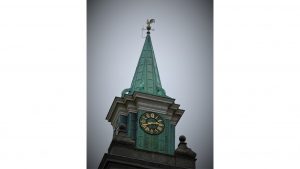
The sharp frosty early mornings in October/November bring Blackbirds, Song Thrush and Mistle Thrush and my favourite, the Redwing (last sighting 2016). These birds visit IMMA from the chillier Scandinavian countries, in search of the rich red berries of the Yew trees and the flaming orange berries of the Pyracantha and Cotoneaster on the Terrace. Every year I notice them as I make my way from the car park to the West Arch. Some of these birds have traveled over 1000 kilometres in search of food and it is up to every citizen to try to ensure their survival by providing additional nourishment for these birds after their travels. We are privileged here at IMMA to welcome these important blow-ins. The four old Yew trees close to the West Arch provide nutritious red berries and Woodpigeon’s can also be seen on the higher branches. The berries are stripped within 5 or 6 days depending on the weather, etc. We enjoy the song of these birds from Spring till Summer when the males are in search of a mate. Gardens all over Ireland should be ready to welcome these songsters too. These birds from foreign parts intermingle with our own resident birds, adding to the population of birdlife in Ireland. Some of these birds can differ slightly in beak colour and song.
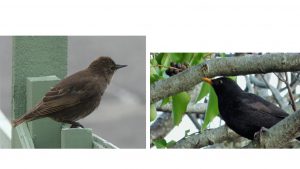
2. Blackbird approaching Ivy berries allowed to ripen.
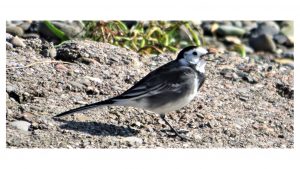
Berries are a very important food source for birds in the Autumn and Winter months when the ground is hard and frozen. They are lifesavers for our bird visitors and local birds alike. Blackbirds and Woodpigeon are particularly partial to the Ivy, Bramble and Elderberries, which are allowed to ripen in the hedgerows and the wilder areas of the grounds. Fruit trees in the Formal Gardens are also another source of food, with apple and pear trees which have been grown espalier style within the walled garden. The two Walnut trees at the end of the Formal Gardens are the favourites of the Grey Squirrels and they can be seen in late Autumn. These squirrels are also very partial to the bird feeders so we have installed some squirrel-proof feeders, and these work really well.
The windfalls (fruit that drop to the ground) are often stored and later used for bird food in the winter months when trees and hedges are bare. Apples can be pierced and placed on the branches of the trees or packed in bird feeders.
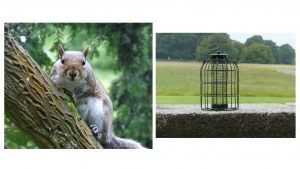
2. Squirrel-proof birdfeeder.
Lime trees, which were planted a few years ago and are maturing nicely, stretch from the West Arch to the Officers’ Graveyard and the lime flowers provide a wonderful, fresh, heady floral scent for visitors and staff during the summer months. These trees are beloved by the Long-tailed tits, which fly in small flocks of up to 15 birds, calling as they fly and keeping close for safety, while warning the flock of any dangers of predatory birds. They move almost unseen from tree to tree, as they feed on the insect-rich flowerheads of the Lime trees. The Blue Tit, Long-tailed Tit and Great Tit, also feed from tiny insects and caterpillars from these nectar rich trees.

2. Blue Tit and Great Tit on peanut feeder.
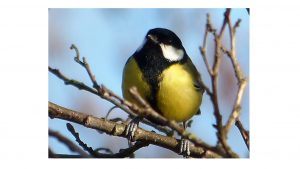
One little songbird which is often overlooked on the grounds is the Dunnock. The Dunnock is sometimes mistaken for a sparrow due to its plainer, duller plumage, and is more usually seen feeding on the ground on scraps that have fallen from the feeders above. Male and female look similar, unlike some of the Finch family, as for example the Chaffinch. The Dunnock is a beautiful singer and is one to look out for in parks and gardens, where it is often seen feeding on the ground.
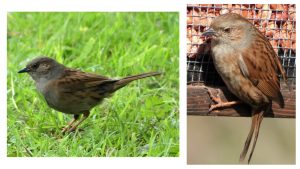
2. Dunnock on peanut feeder.
The Chaffinch also has a distinct song and one you should become familiar with it as it is very easy to recognise. Male and female are often seen together. The male has a dusky orange breast and a smoky grey/blue head. The female, on the other hand, has a duller, soft beige plumage.
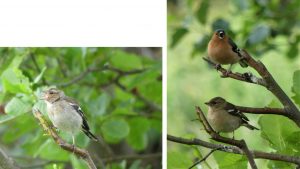
2. Male and female Chaffinch.
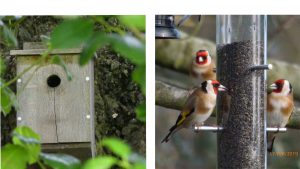
2. Nyjer seed birdfeeder for Goldfinch.
Please remember to provide fresh water for birds.
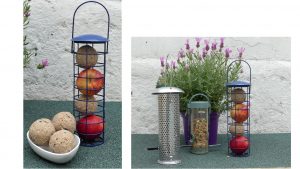
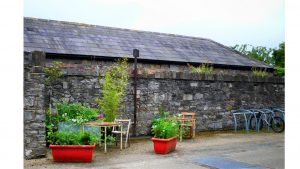
Birds recorded at IMMA
Mallard
Buzzard on Flyover
Kestrel
Black-headed Gull
Lesser black backed Gull
Herring Gull
Wood Pigeon
Collared Dove
Swift (over the meadows) 3-4 birds recorded
Pied Wagtail
Wren
Dunnock
Robin
Blackbird
Song Thrush
Redwing (not seen in 4 years)
Mistle Thrush
Blackcap
Long-tailed Tit
Coal Tit
Blue Tit
Great Tit
Treecreeper (first sighting 2018)
Magpie
Jackdaw
Rook
Hooded Crow
Starling
Chaffinch
Greenfinch (not seen in 3 years)
Goldfinch
Linnet (first sighting 2019)
Bullfinch (not seen in 5 years)
Total: 33 birds
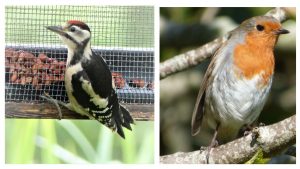
2. Robin.
Useful websites
https://www.cjwildlifetrade.com/
The Grounds and Formal Gardens at the RHK are managed and maintained by the Office of Public Works.
Categories
Further Reading
Famous Five Go Wild at IMMA
While the IMMA site is closed we will continue to explore the biodiversity of the IMMA site in this series of articles by Sandra Murphy from our Visitor Engagement Team. This time Sandra looks at the butterf...
Growing Wild at IMMA
We are delighted to present a new series exploring the biodiversity of the IMMA site. Although the grounds of IMMA are currently closed Sandra Murphy, from our Visitor Engagement Team, would like to share wi...
Derek Jarman’s Garden by Susan Thomson
Besides such places as The Stonewall Inn, there are few physical places that are part of LGBTQ I+ cultural history - Derek Jarman's Prospect Cottage is one of them. Writer and filmmaker Susan Thomson takes u...
Curating at IMMA, through a queer lens by Seán Kissane
Seán Kissane, Curator of Exhibitions at IMMA, looks back at the exhibition on Patrick Hennessy he curated in 2016. Hennessy was one of the first Irish artists to depict his life as a gay man in the face of s...
Up Next
Derek Jarman’s Garden by Susan Thomson
Sat Jun 27th, 2020